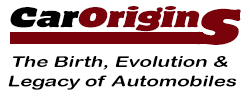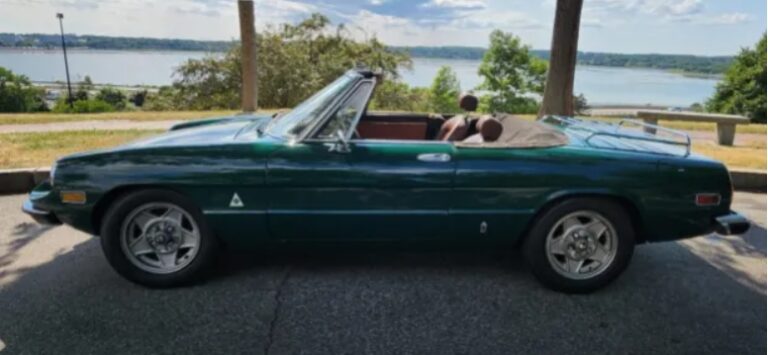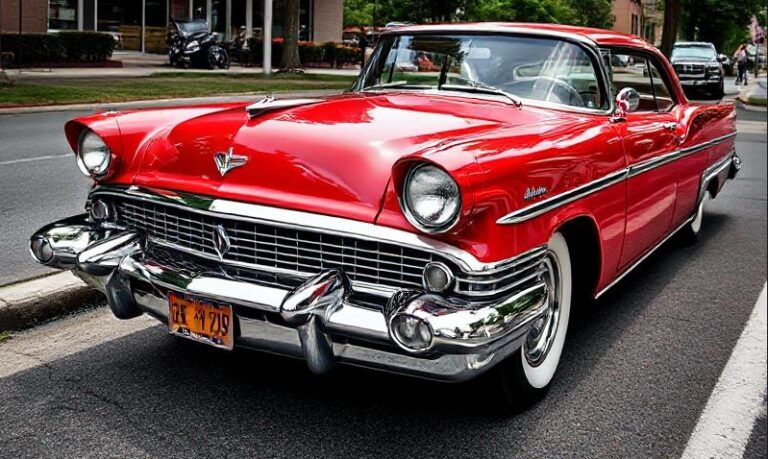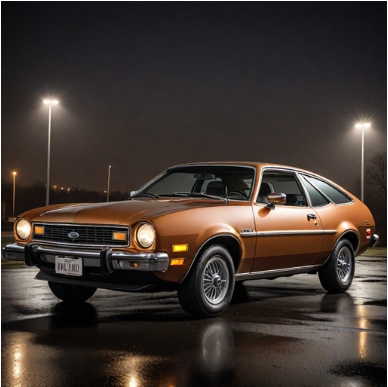The Evolution of the Ford Custom / Customline
The Ford Custom and Customline represent a significant chapter in American automotive history, embodying the spirit of mid-20th-century design and engineering. These vehicles, produced by Ford Motor Company, showcase a lineage that evolved over several years, reflecting changing tastes, technological advancements, and market demands. This article will explore the history, models, and trim levels of the Ford Custom and Customline through their production years.
A Brief History
The lineage of the Ford Custom can be traced back to the expansion of the Ford lineup in the 1940s as the company sought to dominate the post-war automobile market. The Custom name first emerged in the 1949 model year, filling a gap between the base Ford models and the more luxurious Lincoln and Mercury offerings.
The Era of the Ford Custom (1949-1951)
The Ford Custom began its production life in 1949, marking a departure from pre-war design. These models were part of Ford’s “Shoebox” generation, characterized by its flat lines and low silhouette. The 1949 Ford Custom was available as a two-door coupe, four-door sedan, and station wagon, appealing to families and younger buyers alike.
1949 Ford Custom
- Trim Levels: Base Custom and Custom Deluxe.
- Engine Options: A 226-cubic-inch flathead six-cylinder engine and a 239-cubic-inch V8.
- Features: Featured a modern design with a curved windshield, horizontal grille bars, and vivid color options.
1950 Ford Custom
- Trim Levels: Continuation of the Custom and Custom Deluxe.
- Changes: Minor updates, with new interior features and colors offered.
- Engine Options: The V8 engine options were refined for better efficiency and power.
1951 Ford Custom
- Trim Levels: Custom continued as a trim level, offering variations in interior finishes.
- Features: Included updated dashboards and additional chrome embellishments.
The Ford Customline Era (1952-1956)
In 1952, Ford revamped the Custom line, introducing the Ford Customline. This expansion allowed Ford to further differentiate its vehicles in a highly competitive market. The Customline models were recognized for their sleek design and improved performance features.
1952 Ford Customline
- Body Styles: Offered as a two-door sedan, four-door sedan, and station wagon.
- Engine Options: Continued offering the 226-cubic-inch six-cylinder and 239-cubic-inch V8.
- Features: Became more luxurious, with optional features like power windows and upgraded seating.
1953 Ford Customline
- Changes: Released with a reworked front grille and more varied exterior color options.
- Models: Standard Customline, Customline Deluxe, and Customline Super Deluxe.
1954 Ford Customline
- Models: Included the Customline and the Customline Crestline as a more upscale trim.
- Innovations: Introduction of the new “Y-block” V8 engine, enhancing performance and fuel efficiency.
1955 Ford Customline
- Trim Levels: Offered Customline, Customline Fairlane, and a new Customline Victoria hardtop.
- Design: Featured bold new styling with a distinct hood and grille design. The back tailfins became a notable characteristic of the era.
1956 Ford Customline
- Models: Maintained the Customline lineup, with styling tweaks and improved engine specs.
- Performance: Offered a more powerful version of the Y-block engine and aesthetics were further modernized.
The Transition and End of Customline (1957-1959)
By the late 1950s, tastes in automotive design were rapidly changing. Ford made a significant shift in nomenclature. The Customline nameplate fell out of use in favor of new models, reflecting the brand’s strategy to adapt to emerging trends and consumer preferences.
.
SEARCHING for those hard to find FORD manuals, guides & books?
This place has you covered! SEE All FORD Manuals From 1920 – 1989.
CHOOSE the year of your vehicle:

.
Modern Ford Custom (1990s)
Although the Customline moniker would not return, the influence of the Custom and Customline models can still be seen in Ford’s approach to customization and styling options for vehicles throughout the 1990s and beyond. The term “Custom” found its way back into the public lexicon with the 1990s emergence of the Ford Custom as a limited edition for some of their truck offerings but did not revive the original Custom or Customline identity.
Conclusion
The Ford Custom and Customline represent a fascinating era in the American automotive industry, characterized by a blend of innovation, design evolution, and market adaptation. From their introduction in the late 1940s through the mid-1950s, these vehicles captured the essence of America’s love affair with the automobile, influencing design philosophy in the years that followed.
While the specific Custom and Customline phases of Ford’s history have faded into the legacy of classic automotive design, their impact remains etched in the annals of the industry. The evolution of these models not only reflects changes in consumer tastes but also highlights Ford’s ability to innovate, adapt, and influence the broader automotive narrative.
Whether as daily drivers or cherished collector’s items, the Ford Custom and Customline are emblematic of a transformative period in automotive history – a testament to the dynamic interplay between engineering, artistry, and the open road that defines the Ford brand.







